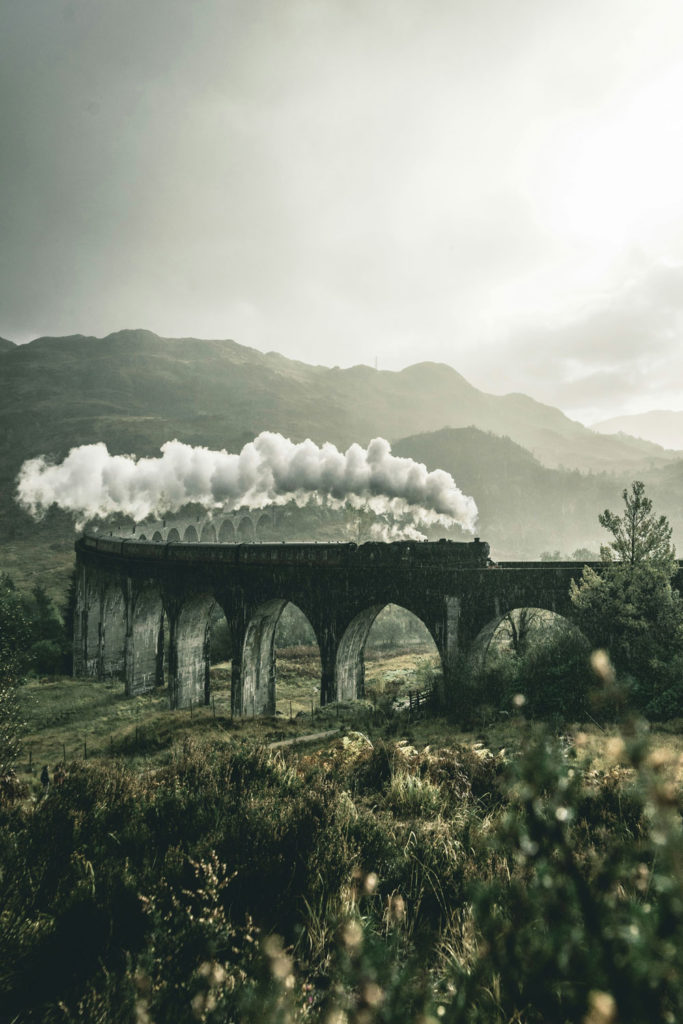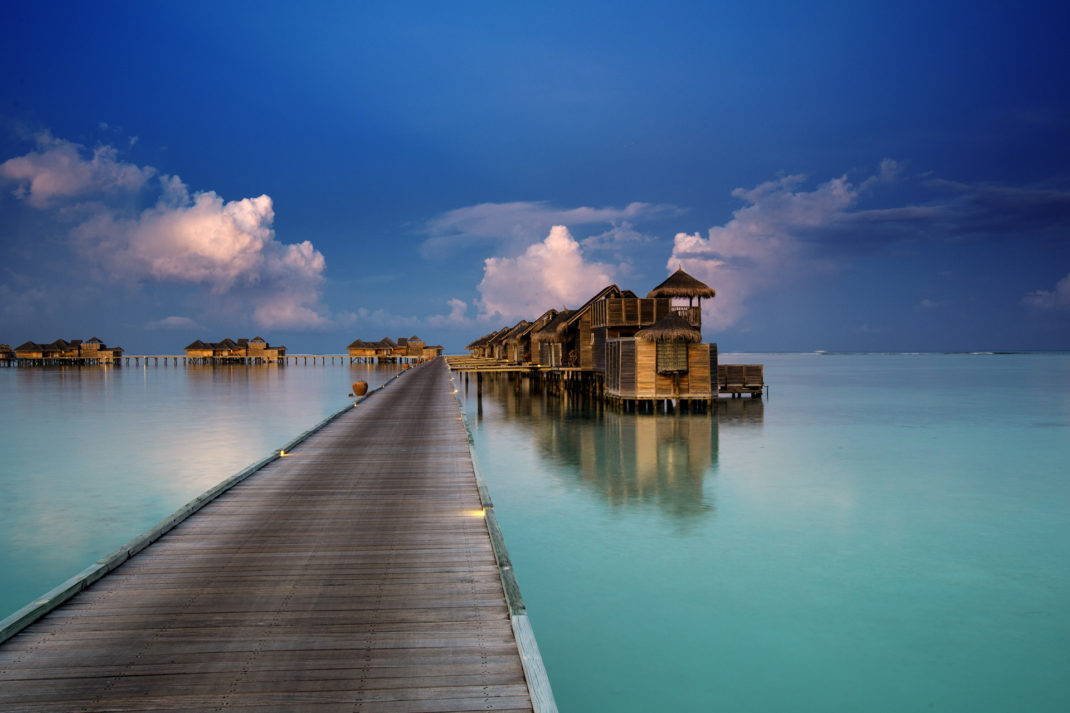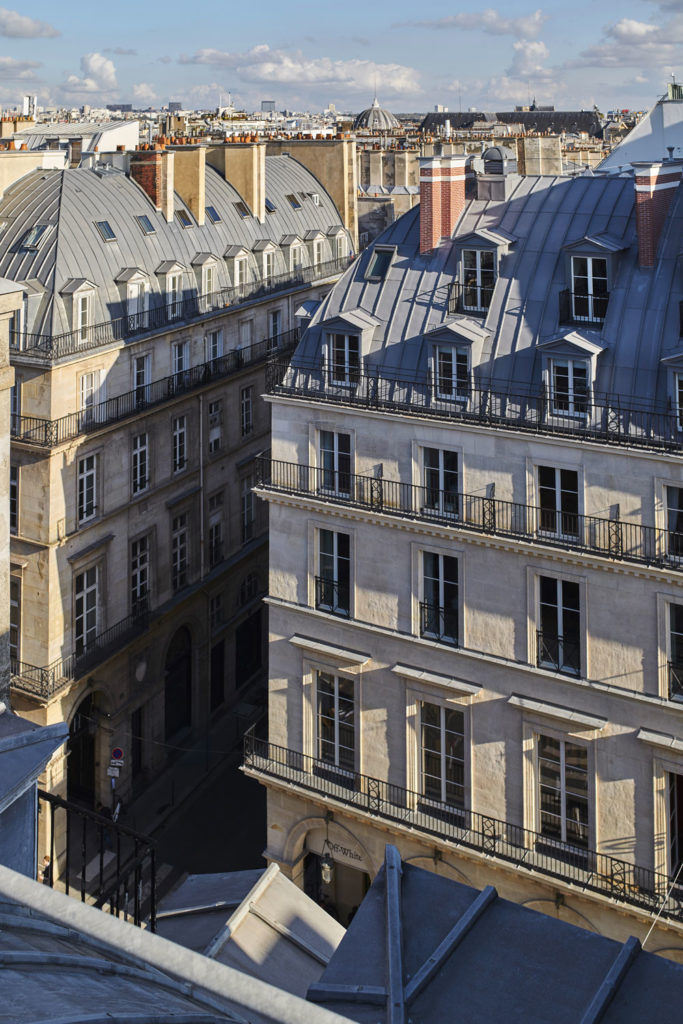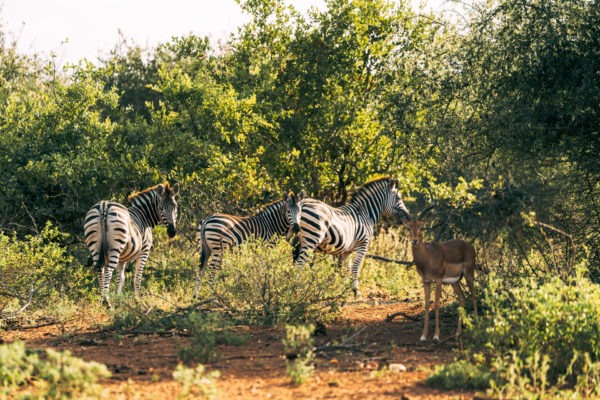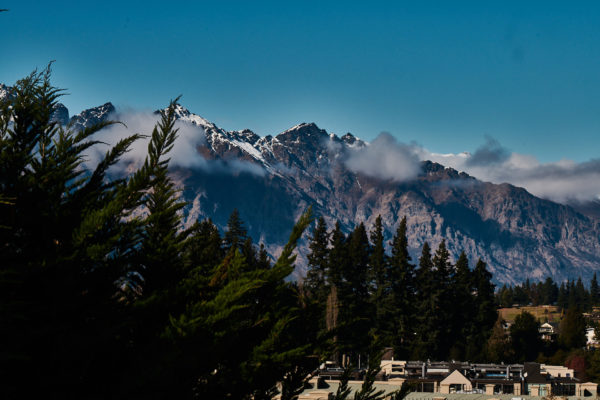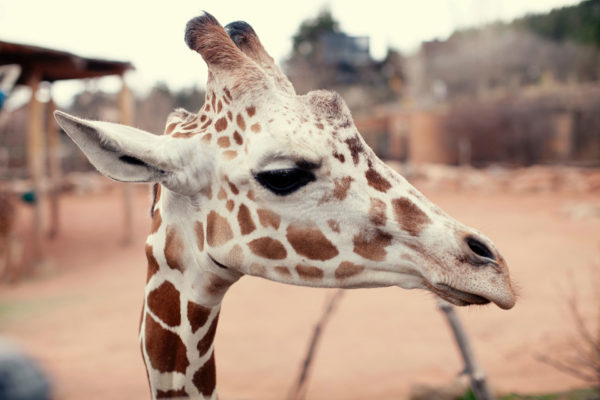Conservation Queens: Interview with Isabelle Tompkins – Samara Karoo Reserve, South Africa
By
2 years ago
Samara Karoo is a South African reserve that has been rewilded across the last 25 years
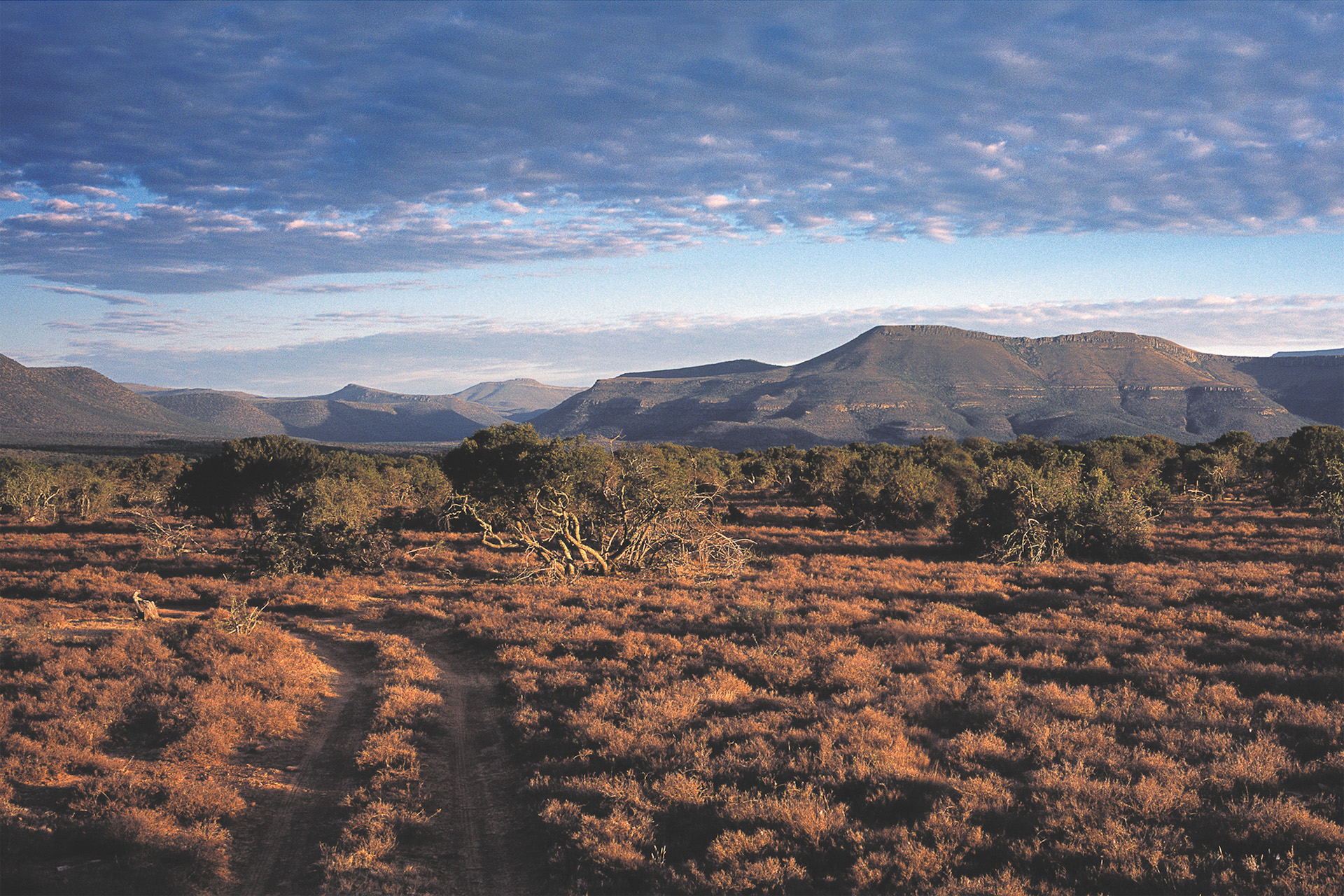
Over the past 25 years, a South African farming region has been gradually restored to its former wilderness. Lions, cheetahs, black rhinos and elephants have all been reintroduced, and it’s all thanks to Samara Karoo Reserve, a family-run project committed to rewilding and positive transformation. Despite being a traditional predominantly male-dominated sphere, Samara is led by mother-daughter duo Sarah and Isabelle Tompkins. Sarah founded Samara with her husband Mark in 1997. Olivia Emily sat down with Isabelle to discuss the changing face of conservation projects in the wake of climate change and biodiversity challenges, breathtaking animal encounters, how other reserves can follow Samara’s lead.
Read the C&TH Guide to Responsible Tourism
Interview with Isabelle Tompkins, Samara Karoo Reserve
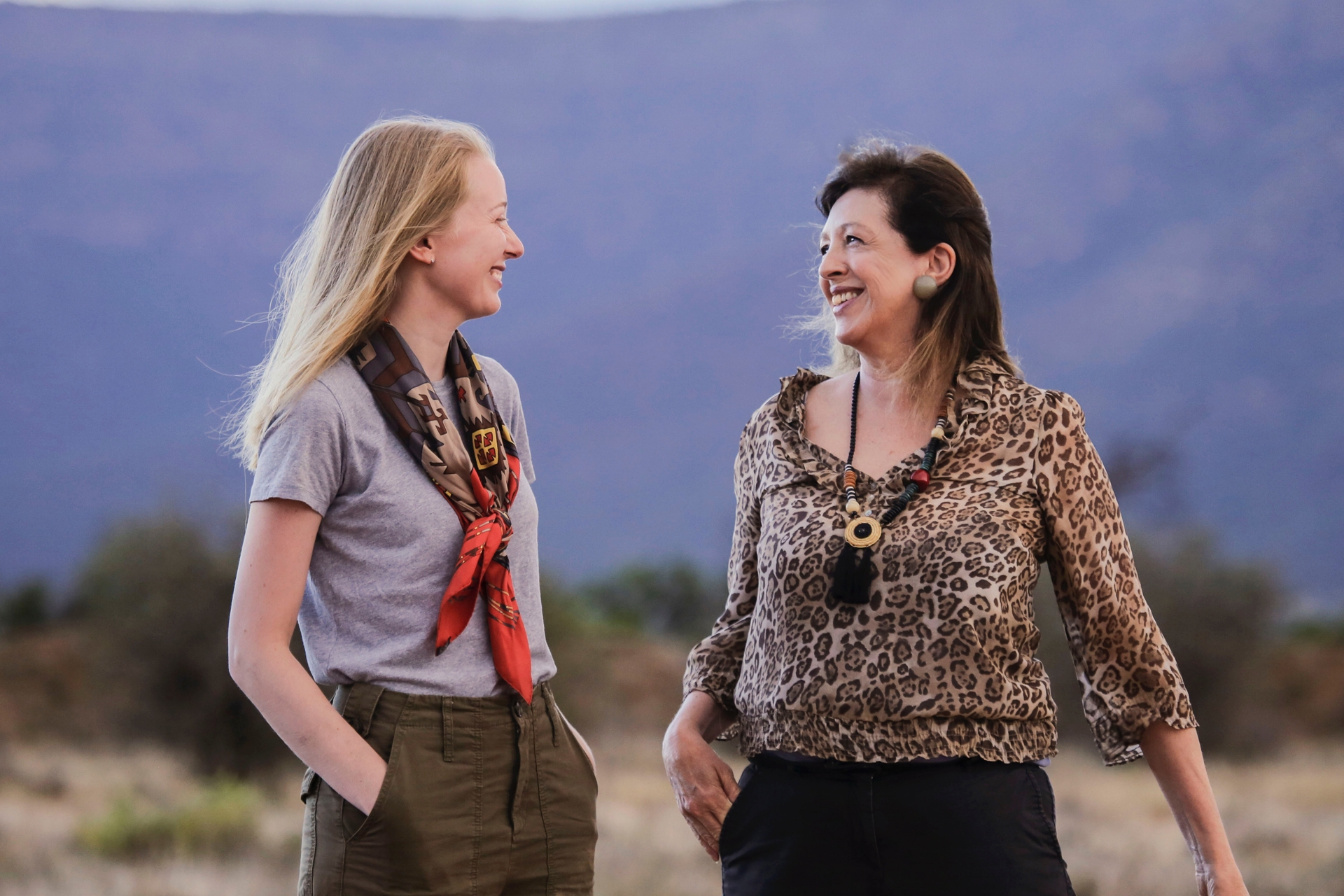
(L-R) Isabelle Tompkins with her mother, Sarah (c) Samara Karoo Reserve.
Hi Isabelle, it’s great to be chatting with you today. Firstly, what inspired you to start working in conservation?
Conservation is practically in my DNA. I was five years old when my parents founded Samara Karoo Reserve in South Africa, so I spent my childhood exploring the mountains, valleys and rivers on the property. This instilled in me a deep love for nature and, once I grew older and realised the threats that faced the natural world, I was instinctively drawn to working to protect it. I would argue that most conservationists come to the field from a place of love during their early years – whether it be love for their garden, for a particular species, or for an entire ecosystem. Indeed, the author David Sobel puts it beautifully when he says that we should ‘allow [children] to love the earth before we ask them to save it’.
That’s lovely. What do you think pulled your mother to Samara Karoo Reserve and South Africa?
My mother, Sarah, is South African, born and raised in Johannesburg. She has always loved the bush and wild places. The Great Karoo is a vast, semi-arid region the size of Germany that occupies much of central South Africa. It was an area that she used to journey through as a child on the way to the coast for family holidays. At that time, it was not a destination so much as an in-between place – a place people drove through to get from A to B. For a long time, she (and many others) had no idea that the Karoo was an area that once teemed with wildlife, including what is said to have been the largest land-based migration on Earth, the springbok migration, last seen in the 18th century. By the time she came across the Karoo, it had been denuded of wildlife and consisted mostly of sheep and cattle farms.
It was by total accident that she and my father, Mark, ended up back in the region in 1997, visiting a farm that was for sale. Driving off the well-travelled highways, they began to explore the landscape, a spectacular combination of topographies and habitats, from thickets to grasslands, all set against a backdrop of dramatic purple mountains. Eleven farms totalling 67,000 acres later, Samara Karoo Reserve was born.
Visit the C&TH conservation hub
Wow. How do you even go about starting such an ambitious project?
First off, you probably have to be a little bit mad! A project of this magnitude is a tremendous undertaking. Secondly, you have to have patience. Our journey has been 25 years in the making and yet, in many ways, it feels like we are just getting started. Then you have to recognise your limitations. Not being conservation professionals themselves, my parents decided to consult the experts first. They spoke to leaders in the fields of ecology, conservation biology and ecosystem restoration to gather as much information as possible. Their initial focus was on understanding the landscape – what vegetation existed there, what state it was in, what animal species still survived. Then they began to think about what the landscape could be – which wildlife species had once naturally occurred and could be reintroduced, how vegetation could be restored, and how erosion could be fixed.
Practically-speaking, rewilding begins with making the landscape as ‘wild’ as possible. In Samara’s context, that entailed moving off the last remaining domestic livestock and tearing down the network of internal fences that criss-crossed the land. For a while we rested the vegetation to allow it to recover from many years of overgrazing. Then we slowly reintroduced indigenous herbivores such as antelope, buffalo and zebra, followed by mega-herbivores like elephant and, of course, predators, including lion and cheetah. All in all, we have brought more than a dozen species back to the land, totalling thousands of animals. Some of these species had been absent from the landscape for over 100 years, such as the cheetah, lion, black rhinoceros and elephant.
View this post on Instagram
Rewilding such a large area must be really complex!
Rewilding’s core focus is on ecosystem processes. So, when Samara reintroduced lions in 2019, the emphasis was not only on providing much-needed space for a species whose population is in decline globally, but also on restoring the functions that lions perform within a landscape – the most obvious being predation on herbivores. But there are also less obvious consequences, one being what scientists call the ‘landscape of fear’. Research has shown that the very presence of lions in an area alters the behaviour and fertility of their prey, even if the lions are nowhere to be seen. This has knock-on effects on herbivore numbers, their use of the landscape and their grazing behaviour, which in turn influences the overall health of the ecosystem.
In this manner, a seemingly small action (in reintroducing a relatively small number of apex predators) can actually have a significant impact over a large area of land. The classic example of this is the reintroduction of a small pack of wolves to Yellowstone National Park in the United States, which ultimately led to rivers within the park beginning to flow again, popularised in a viral video narrated by George Monbiot.
What is it like working with your family day to day?
It probably goes without saying that working with family is not always easy. The boundaries between personal and professional lives often get blurred. However, the upside of that is that every work triumph is a triumph shared with loved ones on the same journey and with the same end-goal, which is incredibly rewarding. My mother, Sarah is also a huge inspiration to me for her vision, tenacity and drive, and our respective strengths complement each other – so we make a good team.
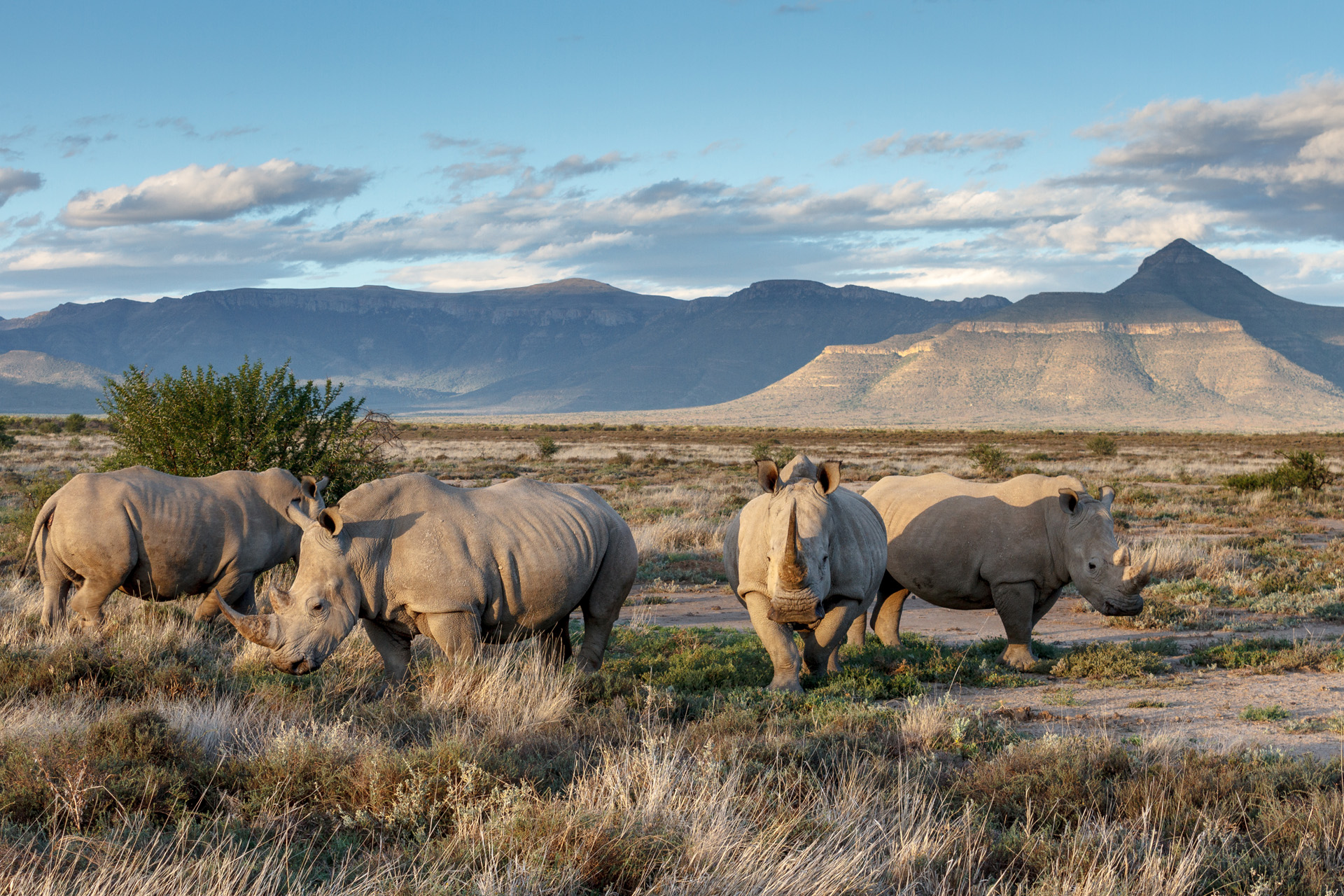
White rhinos on Samara Karoo Reserve (c) Mitch Reardon
What are the largest challenges you have faced in this rewilding project?
If we think about it at a fundamental level, rewilding challenges many of humanity’s deep-seated beliefs about ourselves and our place in the world. Living in a city like London, as I did during my studies, it is easy to feel disconnected from the natural world and to see it as a place ‘over there’ that exists separately to our busy human lives. Understanding that we are not apart from nature but rather a part of nature – and (say it softly!) perhaps not even the most important part – requires a mindset shift.
Perhaps the most significant challenge we have faced with rewilding Samara is best explained by the ‘shifting baseline’ syndrome. When we began our journey 25 years ago, most wild animals had been absent from the landscape for over a century. The status quo was a land devoid of wildlife, especially larger species that are deemed to compete with livestock farming. For many farmers in the area, this status quo was best left undisturbed, and some were particularly proud of their ancestors’ claims to having eradicated the last predators to roam the area. Samara’s decision to reintroduce cheetahs, lions and elephants disrupted that accepted baseline, and as a result was met with opposition from some quarters. We have done our best to allay the fears of neighbouring landowners through outreach days, engagement with wildlife experts and improving channels of communication. People are often fearful of what they do not fully understand, and as pioneers of rewilding in the area, it has been our job to support a learning process that will hopefully enable biodiversity conservation to be successful in the long term.
Who, in conservation or environmental activism more generally, do you look to for inspiration?
A big inspiration of mine is the late Polly Higgins, a Scottish barrister and environmental activist who led a campaign to recognise ecocide as an international crime, specifically as the 5th Crime Against Peace, before her untimely death from cancer in 2019. She maintained that those responsible for severe ecological damage should be held criminally liable for their actions. This would include corporate executives who actively lobbied against policies that could have prevented people and environments from coming to harm, such as air pollution measures, all the while knowing full well the deleterious impacts of their actions.
The concept intrigued me because it touches upon this idea that the natural world also has rights and highlights how human beings are just one part of this incredibly complex system. Until we face the inescapable reality that without a healthy Earth, there can be no healthy human beings, we will have a hard time solving the problems of climate change, biodiversity loss and broader societal ills.
What is the most amazing animal encounter you have had?
I have been fortunate enough to experience many special wildlife encounters, but the one that sticks most strongly in my memory is an encounter with a wild cheetah and her two cubs at Samara. Sibella was born a wild cheetah in South Africa’s North West province but, at two years of age, her life nearly ended at the hands of hunters. She was mauled by dogs, thrown into a cage and left to die. Eventually rescued by an NGO, she underwent a five-hour operation to save her life, and weeks of rehabilitation to learn to walk again. In 2003, she was translocated to Samara to begin her life anew. She made history as the first cheetah returned to the wild in the Great Karoo in 130 years. Over time, she successfully raised 19 cubs to adulthood, becoming one of the most prolific female cheetahs in the country until her death in 2015. By that time, her genes were present on 25 percent of protected areas in South Africa – no mean feat for a single cheetah.
One afternoon in 2012, my mother and I ventured out onto the reserve to find Sibella. Despite her prior torture at the hands of humans, she had learnt to trust the Samara team to such an extent that we could track her on foot, approaching to within a respectful distance. We spotted her about a kilometre away as the light turned golden and stopped to breathe in the scene. To our surprise, she stood up and began to walk directly towards us, navigating deep ditches and grassy mounds until she was just 20 metres away from where we stood. Already it was a spectacular encounter, but then she started to call – a soft, bird-like sound. Within seconds, two small fluffy shapes appeared where we had initially spotted her. As she continued to call, her young cubs, no more than a month old, bounded over towards her – and us. As they reached her, she sat for a moment in the dying light. Her babies played around her, and we breathed in the scene, in awe at the trust she was showing towards us despite having such young, vulnerable cubs. And then, moments later, she was off again, cubs in tow, back to where she had come from, leaving us holding back tears at the sheer beauty of it all.
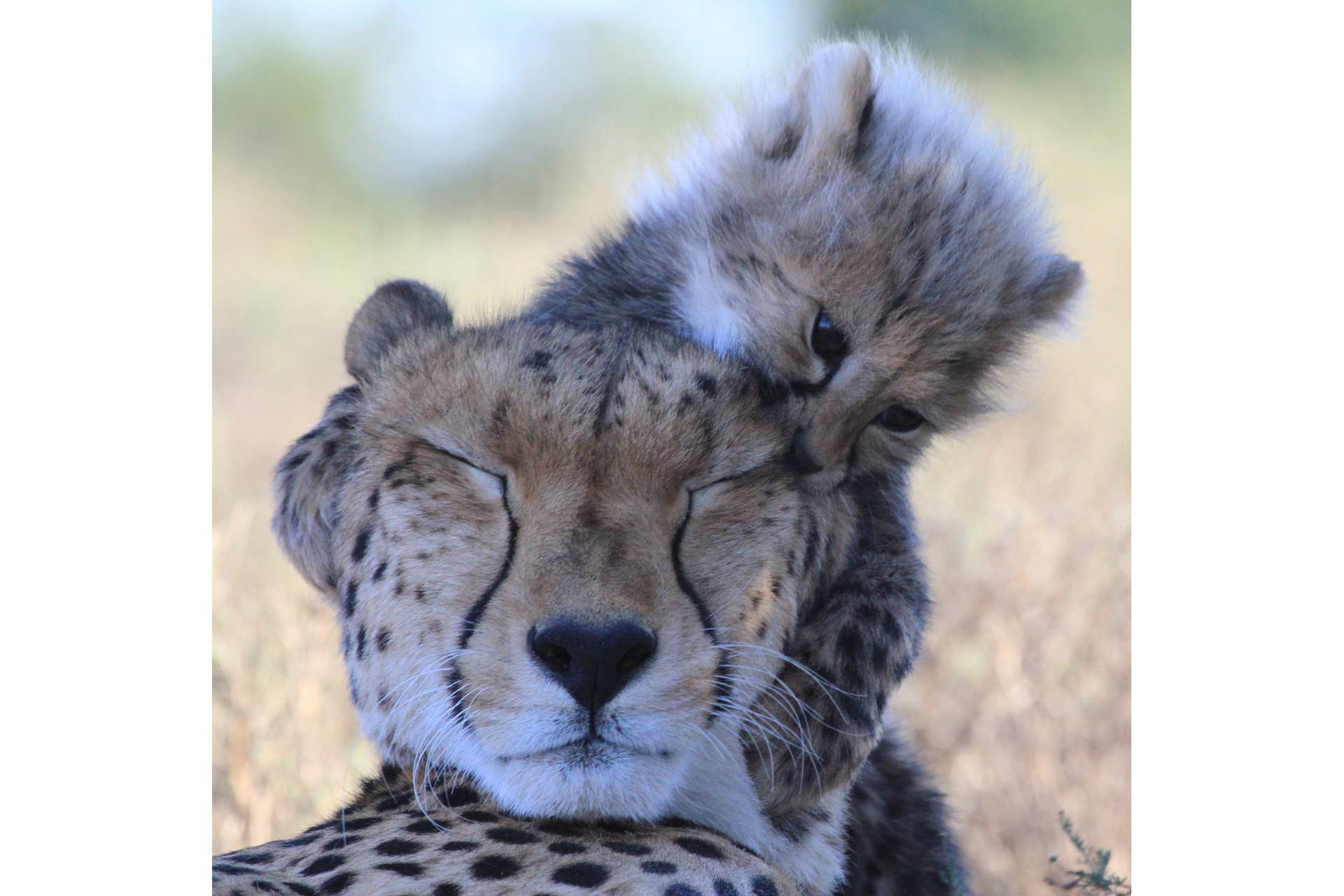
Samara Karoo cheetahs (c) Lizl Nieuwoudt, African Aspects Tours
Wow. How beautiful. How can other safari experience reserves learn from Samara Karoo’s work?
There is no one path to rewilding, and indeed the word rewilding was not really part of the lingua franca at the time that my parents started Samara in 1997. They were simply trying to restore the land to what it had once been. What was quite unusual in their approach though was their focus on science and doing things right from day one, rather than starting a commercial safari lodge first and figuring out how to ‘do conservation’ on the side.
The result of this approach is a private reserve that is among the most diverse in South Africa, comprising five of the country’s nine vegetation biomes on a landscape that is significantly larger than 65 percent of South African provincial reserves and 30 percent of South African national parks, as well as being strategically located as a stepping-stone for the expansion of three national parks. This science-based approach could be used by other private reserves to strengthen the case for privately protected areas as key players in global conservation efforts.
What’s your ultimate goal and vision – for Samara and beyond?
I truly believe in the power of purpose-driven business to effect change. For as long as conservation is seen as a charity case, we will not be able to shift the dial and protect our natural landscapes to the extent that the experts now tell us is required.
To date, Samara’s rewilding efforts have largely been funded by eco-tourism. We have two safari lodges on the reserve which welcome up to 26 guests at a time for an immersive safari experience, with every stay contributing meaningfully to our overall vision. As a Fellow Member of The Long Run, a network of nature-based tourism enterprises, Samara works towards achieving the highest standards in sustainability across the four C’s: conservation, community, culture and commerce.
Building on this framework, I believe that Samara has an opportunity to create a blueprint for responsible tourism and rewilding in the Karoo context, and to act as a catalyst for the expansion of conservation beyond our borders. Ultimately, the measure of our success will be in this bigger picture, and it’s a challenge I am excited to take on in the years to come.
VISIT: Journeys With Purpose’s ‘Africa’s Flourishing Savannah’ provides unparalleled access to the Karoo, with a trip running in from 28 October–4 November 2023. Through real-world immersive experiences, Journeys With Purpose aims to convey, connect and mobilise the advancement of nature restoration and local community livelihoods on a global scale. journeyswithpurpose.org

